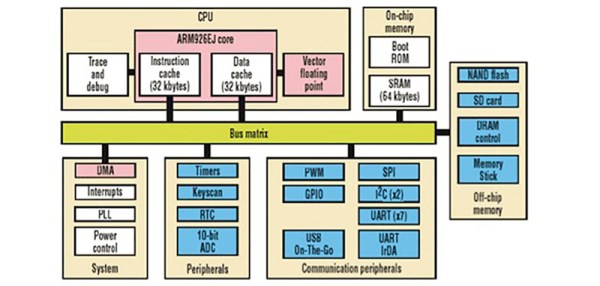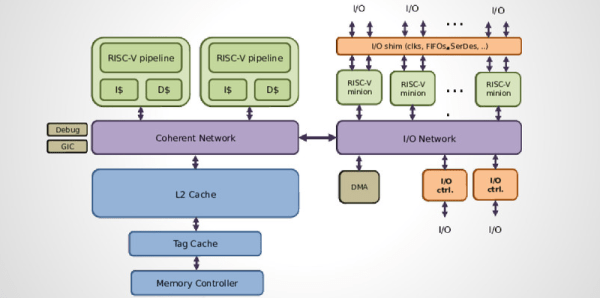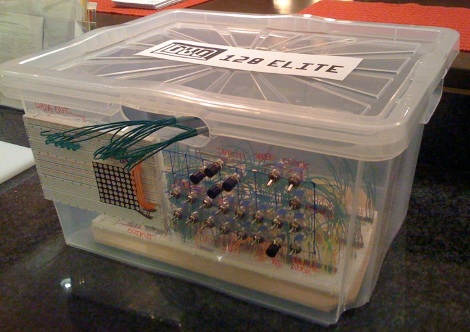If the United States has a national architectural form, it is the skyscraper. The notion of building a tower to the heavens is as old as Genesis, but it took some brash 19th century Americans to develop that fanciful idea into tangible, profitable buildings. Although we dressed up our early skyscrapers in Old World styles (the Met Life Tower as an Italian campanile, the Woolworth Building as a French Gothic cathedral), most foreigners agreed that the skyscraper suited only our misfit nation. For decades, Americans were alone in building them. Even those European modernists who dreamed of gleaming towers along Friedrichstraße and Boulevard de Sébastopol had to cross the Atlantic for a chance to act on their ambitions. By the start of World War II, 147 of the 150 tallest habitable buildings on the planet were located in the United States.
No building style better represented America’s industriousness, monomaniacal greed, disregard of tradition, and eagerness to attempt feats that more established cultures considered obscene. And while those indelicate traits prompted Americans to develop the skyscraper, it was our openness and multiculturalism that brought us our greatest skyscraper builder: a Bangladeshi Muslim immigrant named Fazlur Rahman Khan.
Khan was born on April 3rd, 1929 in Dhaka, Bangladesh (Dacca, British India at the time). His father, a mathematics instructor, cultivated young Fazlur’s interest in technical subjects and encouraged him to pursue a degree at Calcutta’s Bengal Engineering College. He excelled in his studies there and, after graduating, won a Fulbright Scholarship that brought him to the University of Illinois. In the United States, Khan studied structural engineering and engineering mechanics, earning two master’s degrees and a PhD in just three years. After a detour in Pakistan, Khan returned to the United States and was hired as an engineer in the Chicago office of Skidmore, Owings & Merrill (SOM), one of the most prominent architecture and engineering firms in the world.
Though he was born in a nation with no history of highrise construction, Dr. Fazlur Rahman Khan had worked his way to a position where he would revolutionize the field of structural engineering and build America’s proudest landmarks.
Continue reading “How A Muslim Immigrant From Bangladesh Became America’s Master Builder”

















